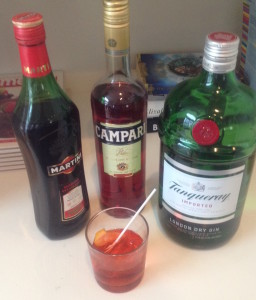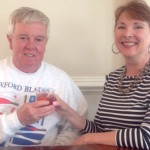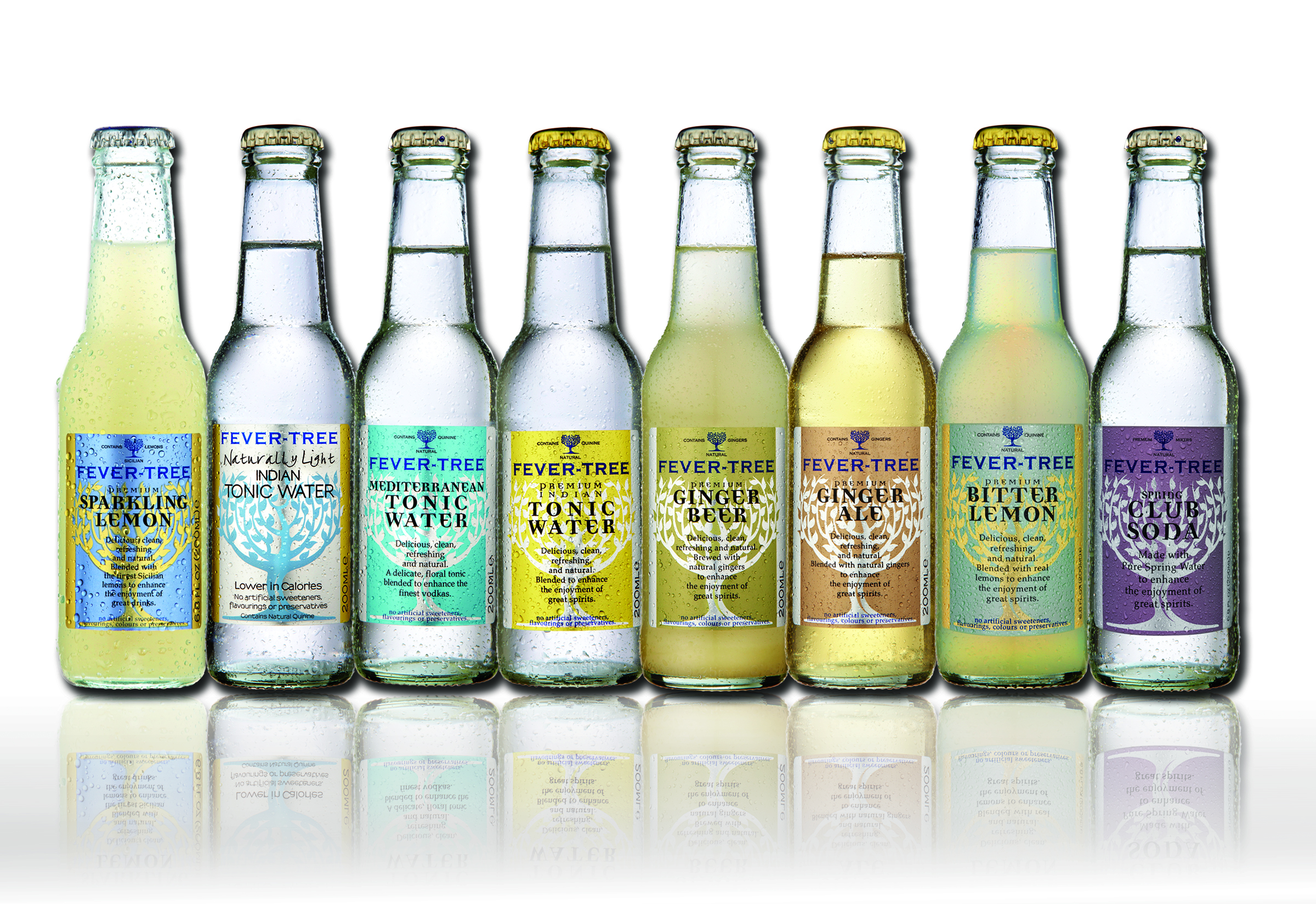I first sipped Campari in Umbria, in an open air café in a square in the ancient city of Perugia. Even mixed with club soda, Campari struck me as a bit medicinal with its strong, herbaceous notes.

I soon learned what the Italians have known since Campari was first distilled in 1860. Enjoying a tot with friends at the end of a long day is just what the doctor ordered.
The Negroni dates back to 1919 in Florence, when Count Negroni asked for gin in his Americano in place of the soda. It’s a classic before-dinner drink, a blend of Campari, sweet vermouth and, of course, gin. Traditionally, all three ingredients are mixed in equal portions, so it’s a favorite with home bartenders who don’t need a cheat sheet to mix one.
My friend Mike Newman has perfected his own Negroni, which relies more on gin and less on Campari and vermouth.
 “Cut the Campari in half, cut the vermouth to a quarter and leave the gin alone,” Mike advises.
“Cut the Campari in half, cut the vermouth to a quarter and leave the gin alone,” Mike advises.
I’ve enjoyed many cocktails over the years with Mike and his lovely wife Linda. So I was looking forward to sampling what I now think of as the Newman Negroni.
Here’s Mike’s recipe:
2 jiggers gin
1 jigger Campari
½ jigger vermouth
We used Tanqueray gin, Martini and Rossi sweet vermouth and, of course, the one and only Campari.
Ice and fruit also are important components of this refreshing drink. Mike meticulously measures the liquors into a shaker with lots of ice. He gives the Negronis a vigorous mixing, then serves over more ice in rocks glasses.
 Typically, a Negroni is garnished with orange peel but Mike says you can use lemon in a pinch. Take a thin half-wheel of fruit, place it on the rim of the glass and then swoosh around the rim to impart the fragrance and flavor of the orange.
Typically, a Negroni is garnished with orange peel but Mike says you can use lemon in a pinch. Take a thin half-wheel of fruit, place it on the rim of the glass and then swoosh around the rim to impart the fragrance and flavor of the orange.
With its ruby tones and bright pop of orange, the Negroni is bellissimo. The herbal qualities of the Campari play nicely with the juniper tones of the Tanqueray and the sweetness of the vermouth. It’s drier than the traditional Negroni, yet maintains its freshness.
We say “si” to the Newman Negroni.

